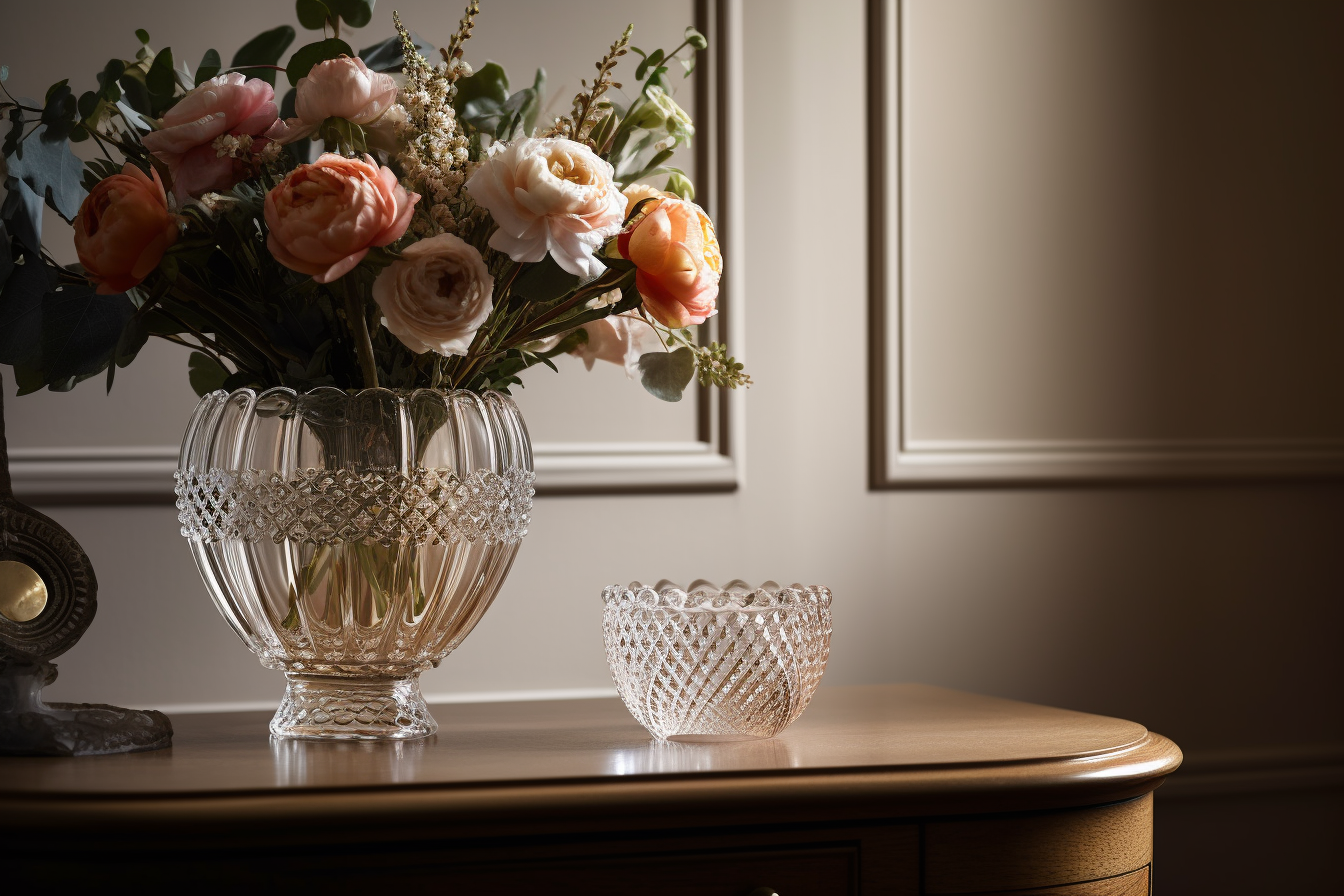Through the Looking Glass: The Ultimate Guide to Recognizing Crystal
Crystal and glass are both beautiful materials used for various objects, but they have distinct differences that set them apart. Whether you're an avid collector or simply want to make informed purchases, being able to recognize crystal from glass is essential. In this comprehensive guide, we will explore various methods to help you identify crystal objects accurately. From visual cues and sound tests to weight and clarity factors, etchings and patterns, and even the refractive index, you'll gain valuable knowledge to confidently distinguish crystal from glass.
Visual Differences:
The crystal exhibits unique visual characteristics that differentiate it from glass. By paying attention to the following cues, you can determine whether an object is made of crystal or glass:
Visual Clarity: Crystal typically possesses higher clarity, with fewer imperfections. Look for smooth edges and brilliant reflections in crystal objects, while glass may have slight imperfections such as bubbles or waviness.
Brilliance and Sparkle: Crystal's higher lead content gives it a distinct brilliance and sparkle. Hold the object up to the light and observe how it reflects and refracts light. Crystal will exhibit a radiant sparkle, while glass may appear duller in comparison.
Sound Test:
Sound can also help in distinguishing crystal from glass. Try the following sound test:
The "Ping" Test: Gently tap the object with your fingernail or a metal object. Crystal produces a clear, resonating "ping" sound that lingers, while glass tends to produce a duller and shorter sound.
Weight and Clarity:
Examining the weight and clarity of an object can provide valuable insights. Consider the following factors:
Weight: Crystal is generally heavier than glass due to its higher density. Compare the weight of the object in question with a known glass item. If it feels noticeably heavier, it's likely crystal.
Clarity: Crystal exhibits exceptional clarity, while glass may have a slight greenish tint. Hold the object up to light and observe its transparency. Crystal should appear clearer and more pristine.
Etchings and Patterns:
Etchings and patterns can also provide clues about the material used. Focus on the following aspects:
Etchings: Crystal often features intricate etchings or engravings with precision and clarity. Examine the surface of the object for delicate designs, monograms, or patterns. Glassware typically has simpler or less detailed etchings, if any.
Patterns: Crystal may showcase specific patterns like diamond cuts or crosshatch designs. Look for repetitive, symmetrical patterns that enhance the beauty of the object. In contrast, glass objects usually have simpler patterns or may be smooth and plain.
Refractive Index:
The refractive index determines how light interacts with the material. Consider the following:
Refraction of Light: Crystal has a higher refractive index than glass, causing light to bend more dramatically. Hold the object at different angles and observe how light interacts with it. Crystal will create vibrant prismatic effects, while glass will exhibit less refraction.
Conclusion:
By combining visual cues, sound tests, weight and clarity examination, etchings and patterns analysis, and understanding the refractive index, you now have the tools to confidently recognize crystal from glass. Whether you're shopping for crystalware or examining a beautiful object, these techniques will help you make informed decisions. Remember to consider multiple factors and trust your judgment.



